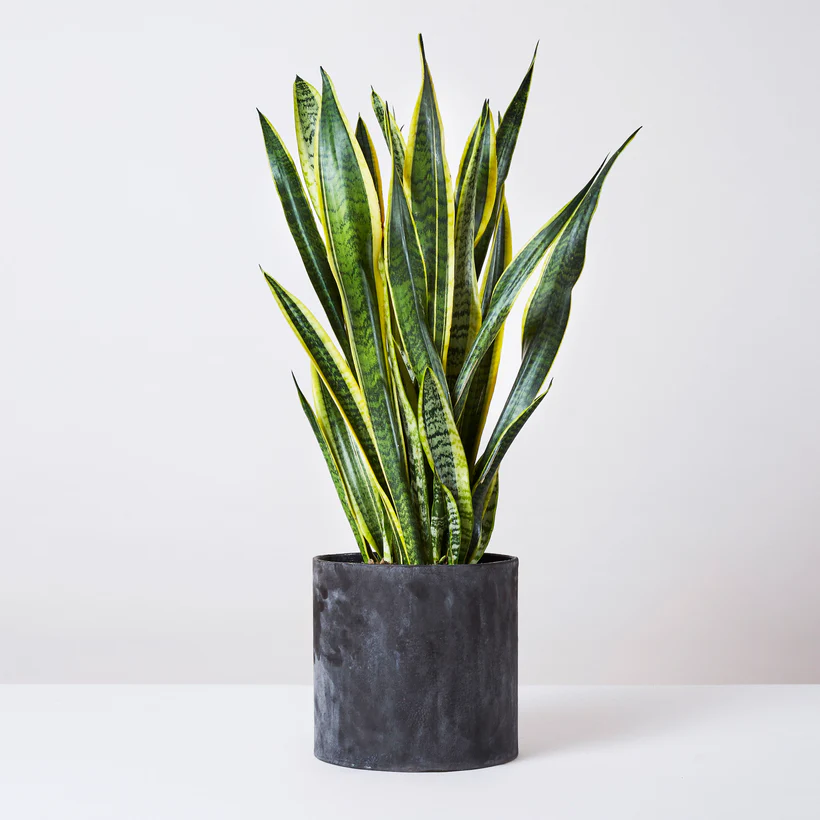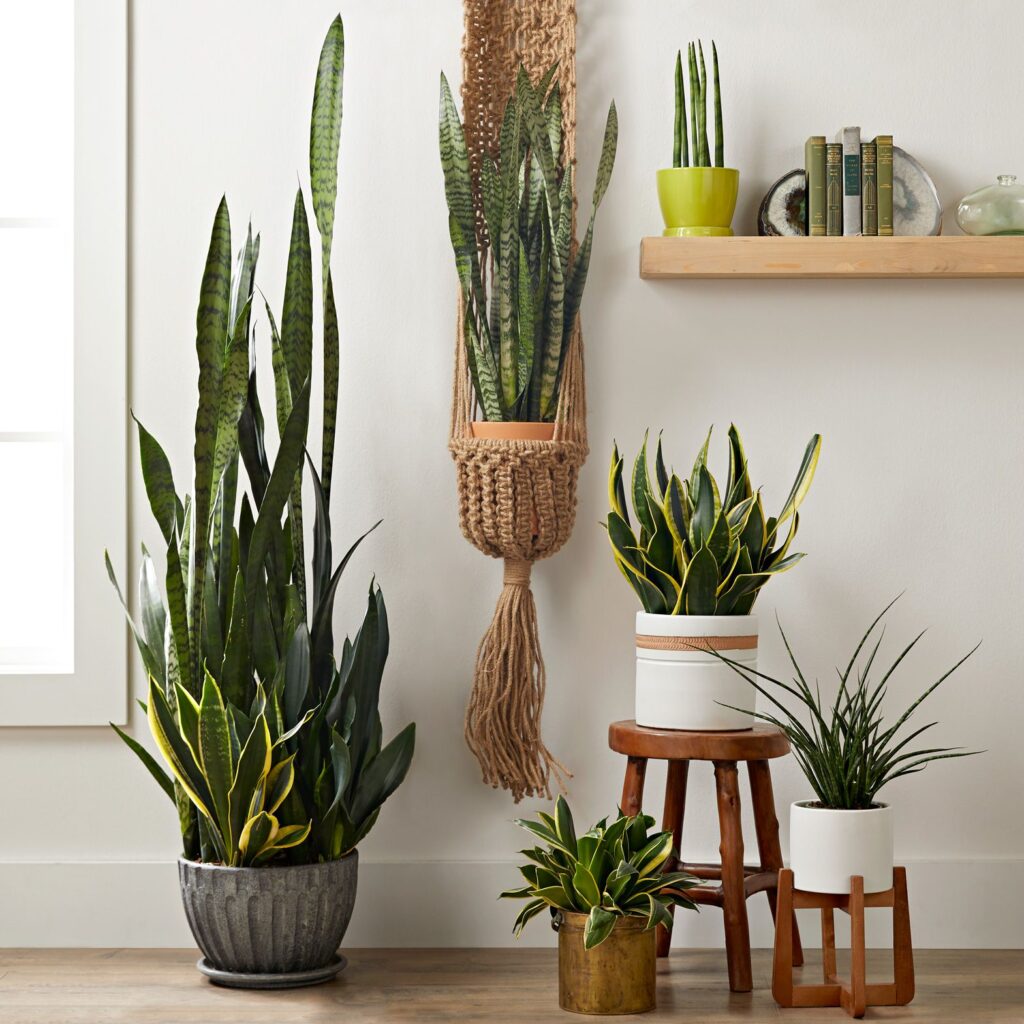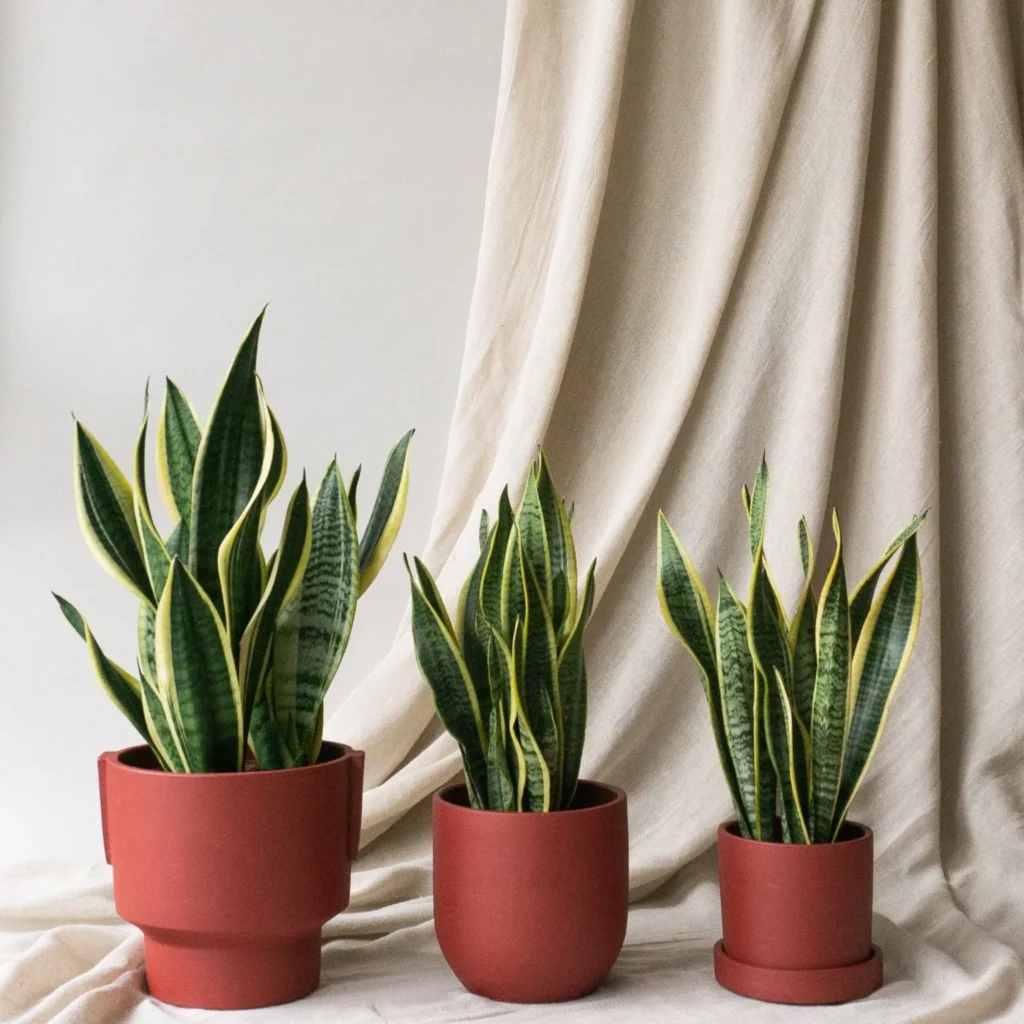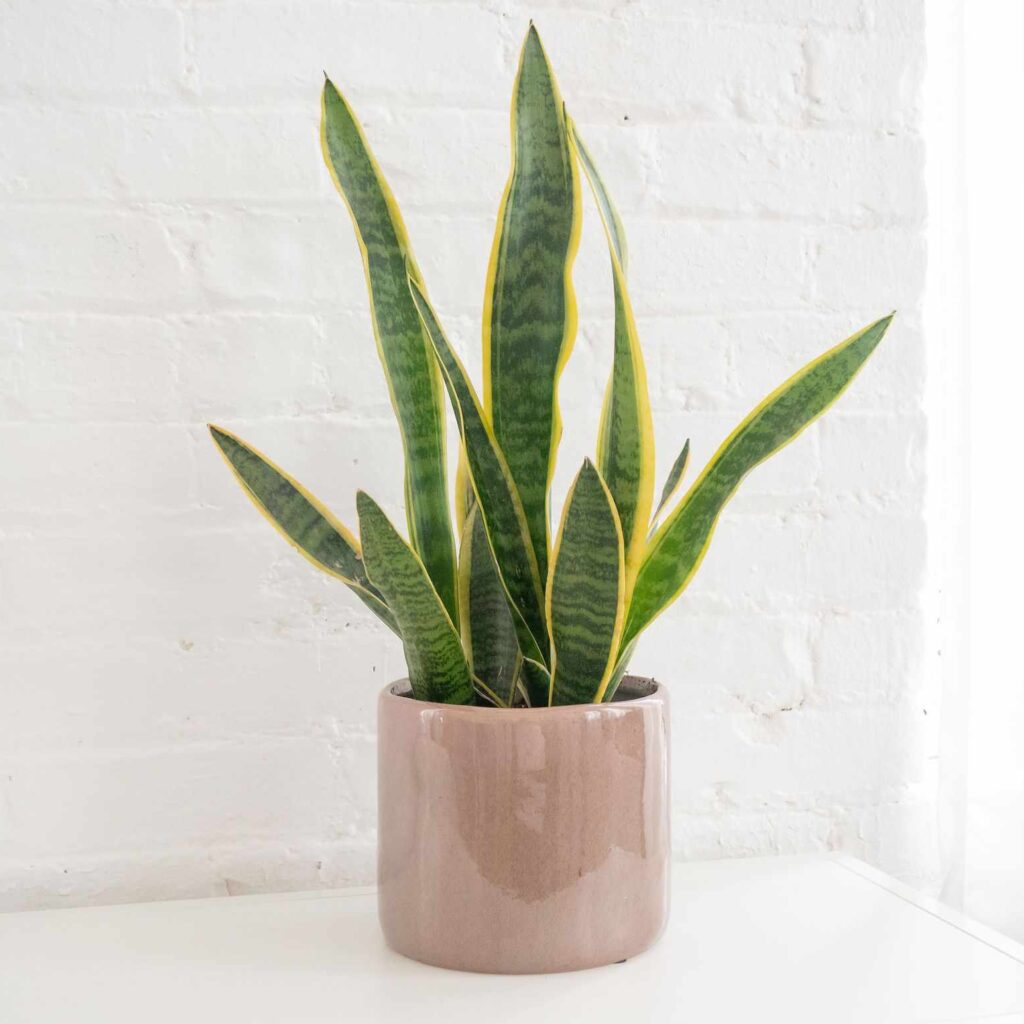Snake plants, also known as Sansevieria or Dracaena trifasciata, are among the most beloved houseplants in the world—and for good reason. Their upright sword-like leaves, minimal care requirements, and striking architectural appeal make them a top choice for both beginner and experienced indoor gardeners. If you’re wondering how to keep your snake plant thriving indoors, this comprehensive guide covers everything you need—from light and water to potting and propagation.
Why Choose a Snake Plant?

Before diving into the care tips, it’s worth understanding why snake plants are such popular indoor choices:
- Low Maintenance: Snake plants are drought-tolerant and hardy, making them great for forgetful waterers.
- Air-Purifying: NASA studies have shown snake plants help remove toxins like formaldehyde and benzene from indoor air.
- Stylish Look: Their vertical structure and rich green colors suit all kinds of modern, minimalist, or boho interiors.
- Tolerant of Various Conditions: These plants thrive in a wide range of lighting and temperature conditions.
Now let’s explore how to give your snake plant the best possible care indoors.
1. Choosing the Right Location

Light Requirements:
Snake plants are incredibly adaptable, but they do best in indirect bright light. However, they can also tolerate low-light environments, which makes them suitable for offices, bathrooms, or dim corners.
- Ideal: East or west-facing window with filtered sunlight.
- Tolerable: Low-light spaces, though growth will be slower.
- Avoid: Harsh direct sunlight, which can scorch the leaves.
Pro Tip: Rotate the pot every few weeks to ensure even growth, especially if one side receives more light than the other.
2. Watering Wisely
This is where most people go wrong with snake plants. They are succulents, which means they store water in their leaves and don’t need frequent watering.
Best Practices:
- Water every 2–4 weeks, depending on the humidity and temperature.
- Allow the soil to dry out completely between waterings.
- During winter, reduce watering even further—once a month may suffice.
Signs of Overwatering:
- Mushy leaves
- Yellowing or browning
- Root rot (foul odor from soil)
Signs of Underwatering:
- Wrinkled or curled leaves
- Dry, brittle tips
Tip: When in doubt, skip watering. Snake plants prefer being dry over being soaked.
3. Choosing the Right Soil and Pot

Snake plants need well-draining soil. Avoid standard potting mixes that retain too much moisture.
Ideal Soil Mix:
- A cactus or succulent mix works well.
- Alternatively, mix your own with 2 parts potting soil, 1 part perlite, and 1 part sand.
Potting Tips:
- Use a pot with drainage holes to prevent root rot.
- Terracotta pots are great as they wick away excess moisture.
Repotting: Every 2–3 years or when the plant becomes root-bound. Spring is the best time.
4. Feeding and Fertilizing
Snake plants don’t require much feeding, but a bit of nourishment can encourage healthier, faster growth.
Feeding Schedule:
- Spring to early fall: Once every 4–6 weeks
- Winter: Skip feeding
Best Fertilizer:
- Use a balanced, diluted liquid fertilizer (10-10-10 or 20-20-20)
- Or opt for a slow-release fertilizer at the beginning of the growing season
Too much fertilizer can lead to leaf burn, so always err on the side of less.
5. Temperature and Humidity

Snake plants love warm environments and are not frost-tolerant.
Ideal Conditions:
- Temperature: 60–85°F (15–29°C)
- Humidity: Normal indoor humidity (30–50%) is perfect
Avoid:
- Cold drafts or placing near windows during winter
- Excessively humid environments without proper ventilation
If temperatures drop below 50°F (10°C), it may damage the plant.
6. Pruning and Cleaning

While snake plants don’t require frequent pruning, occasional maintenance helps keep them looking neat and healthy.
Pruning Tips:
- Cut off damaged or yellow leaves at the base.
- Use clean, sharp scissors or pruning shears.
Cleaning:
- Wipe the leaves with a damp cloth to remove dust and promote better photosynthesis.
- This also helps keep pests away.
7. Propagation: Grow More Snake Plants
Snake plants are easy to propagate, giving you more plants for free!
Methods:
- Division: The easiest way. When repotting, gently separate the root ball and replant sections.
- Leaf Cuttings: Cut a healthy leaf into 3–4 inch segments. Let them callous over for a day, then plant in soil.
Note: Variegated varieties may lose their stripes when propagated via cuttings. Division helps retain original coloration.
8. Dealing with Pests and Problems
Snake plants are resistant to most pests, but occasionally, you may encounter:
Common Issues:
- Mealybugs: Look like white cotton clusters. Wipe with alcohol-dipped cotton.
- Spider mites: Fine webbing and speckled leaves. Treat with insecticidal soap.
- Root rot: Caused by overwatering. Remove the plant, cut off rotten roots, and repot in fresh soil.
Always quarantine new plants before placing them near others to avoid infestations.
9. Styling with Snake Plants
In addition to being hardy and helpful, snake plants are highly versatile décor elements.
Design Tips:
- Use tall varieties like Sansevieria trifasciata as floor plants.
- Smaller varieties like Sansevieria ‘Hahnii’ look great as tabletop centerpieces.
- Match pots with interior colors to create a cohesive look.
Snake plants complement minimalist, Scandinavian, boho, and modern aesthetics with ease.
Final Thoughts: A Low-Fuss Plant with High Rewards
Taking care of a snake plant indoors is simple yet satisfying. With minimal water, light, and care, you can enjoy a stunning, upright plant that cleans your air and beautifies your space. Whether you’re a plant parent beginner or a seasoned collector, the snake plant is a rewarding addition to any home.
Remember:
- Let soil dry completely before watering
- Provide indirect light
- Repot every few years
- Enjoy the plant’s stylish charm and easygoing nature
By following these tips, your snake plant will not only survive but thrive—becoming a proud green companion in your indoor garden.





Leave A Comment